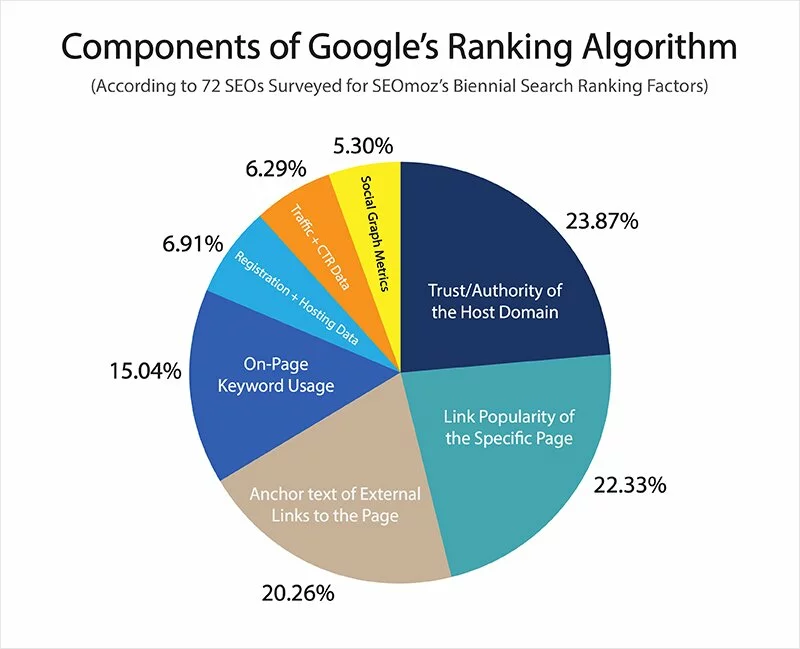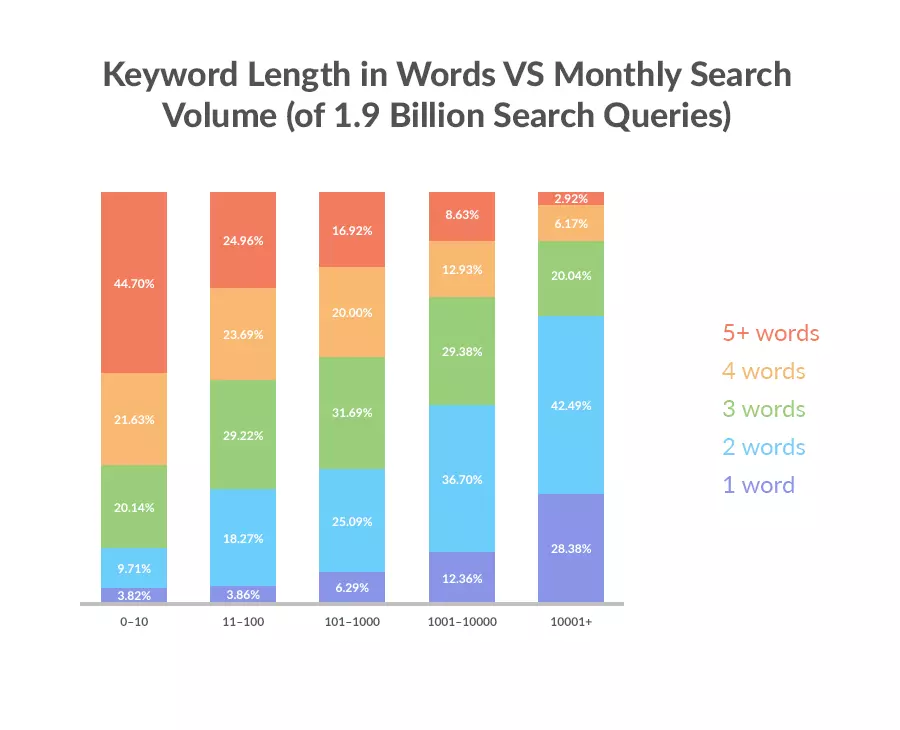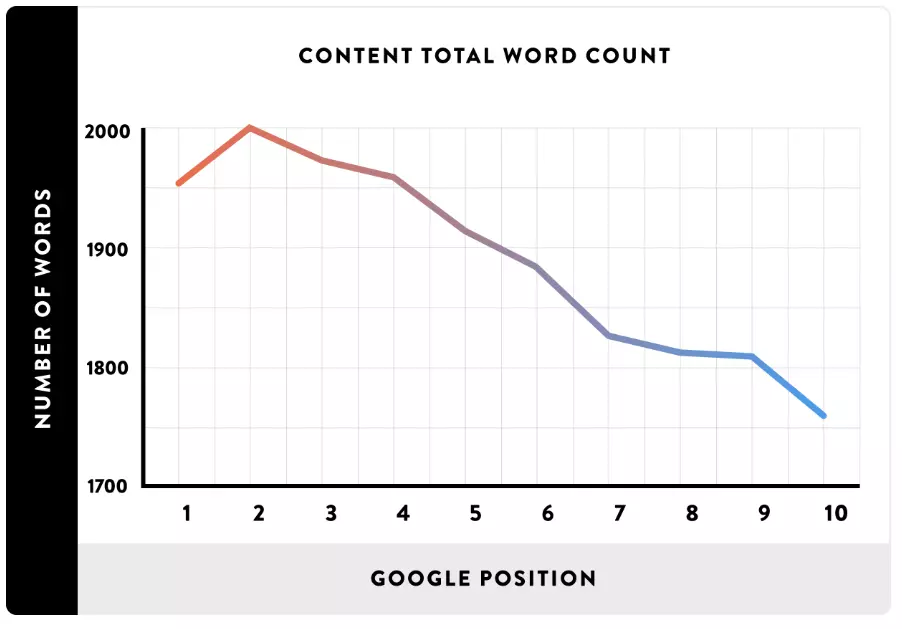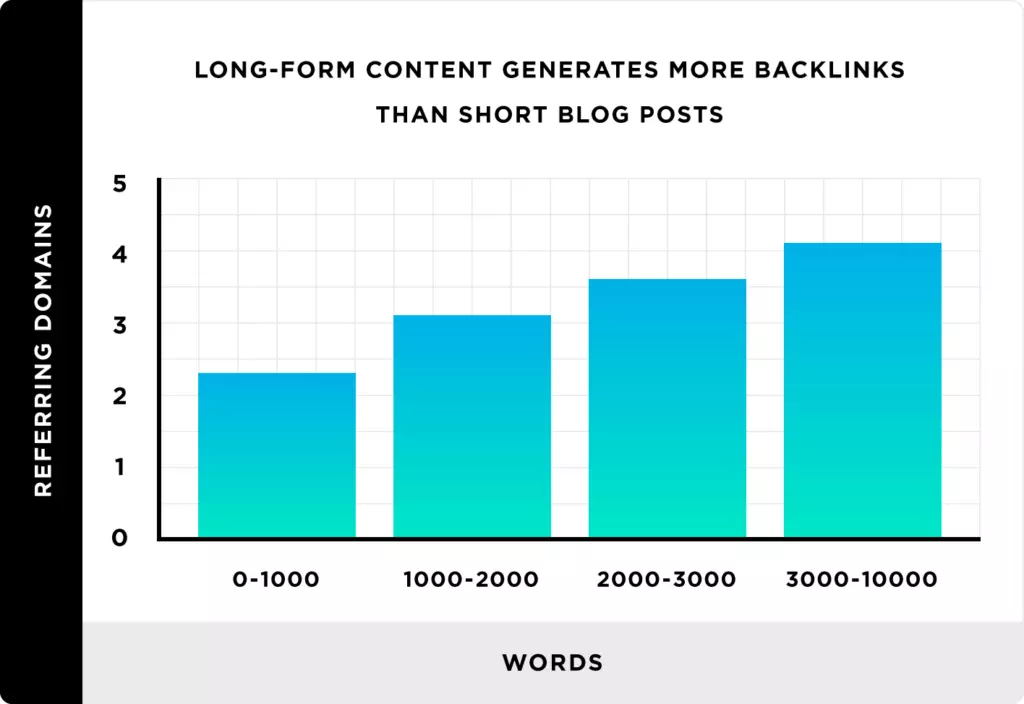SEO stands for Search Engine Optimization, which is the practice of increasing the quantity and quality of traffic to your website through organic search engine results.
What goes into SEO?
To understand the true meaning of SEO, let’s break that definition down and look at the parts:
- Quality of traffic. You can attract all the visitors in the world, but if they’re coming to your site because Google tells them you’re a resource for Apple computers when really you’re a farmer selling apples, that is not quality traffic. Instead you want to attract visitors who are genuinely interested in products that you offer.
- Quantity of traffic. Once you have the right people clicking through from those search engine results pages (SERPs), more traffic is better.
- Organic results. Ads make up a significant portion of many SERPs. Organic traffic is any traffic that you don’t have to pay for.

How SEO works
Search engines work through three primary functions:
- Crawling: Scour the Internet for content, looking over the code/content for each URL they find.
- Indexing: Store and organize the content found during the crawling process. Once a page is in the index, it’s in the running to be displayed as a result to relevant queries.
- Ranking: Provide the pieces of content that will best answer a searcher’s query, which means that results are ordered by most relevant to least relevant.
The O part of SEO—optimization—is where the people who write all that content and put it on their sites are gussying that content and those sites up so search engines will be able to understand what they’re seeing, and the users who arrive via search will like what they see.
Optimization can take many forms. It’s everything from making sure the title tags and meta descriptions are both informative and the right length to pointing internal links at pages you’re proud of.
- Building an SEO-friendly site
- Content and related markup
- On-site topics
- Link-related topics
On-Page SEO

1.What is on-site SEO?
On-site SEO (also known as on-page SEO) is the practice of optimizing elements on a website (as opposed to links elsewhere on the Internet and other external signals collectively known as “off-site SEO”) in order to rank higher and earn more relevant traffic from search engines. On-site SEO refers to optimizing both the content and HTML source code of a page.
Beyond helping search engines interpret page content, proper on-site SEO also helps users quickly and clearly understand what a page is about and whether it addresses their search query. In essence, good on-site SEO helps search engines understand what a human would see (and what value they would get) if they visited a page, so that search engines can reliably serve up what human visitors would consider high-quality content about a particular search query (keyword).
2. Keywords, content, and on-site SEO?

In this way, on-site SEO is less about keyword repetition or placement and more about understanding who your users are, what they’re looking for, and about what topics (keywords) can you create content that best fulfills that need. Pages that meet these criteria have content that is: In-depth.
To understand why keywords are no longer at the center of on-site SEO, it’s important to remember what those terms actually are: content topics. Historically, whether or not a page ranked for a given term hinged on using the right keywords in certain, expected places on a website in order for search engines to find and understand what that webpage’s content was about. User experience was secondary; simply making sure search engines found keywords and ranked a site as relevant for those terms was at the heart of on-site SEO practices.
3.How do you optimize a page?
Fully optimizing a page on your website requires both text- and HTML-based changes. Check out this article for more information on the on-site factors that contribute to ranking, and how you can improve your own website pages.
Off-Page SEO
1. What is off-page SEO?
Off-page SEO includes activities done off of a website in an effort to increase the site’s search engine rankings. Common off-page SEO actions include building backlinks, encouraging branded searches, and increasing engagement and shares on social media.
In other words: off-page SEO is all the stuff that you do off of your site to get Google and other search engines to see your website as trustworthy and authoritative.
2. Why does off-page SEO matter?
Backlinks and other off-site signals still form the foundation of Google’s algorithm.
In fact, our 2020 search engine ranking factors study found a clear correlation between total backlinks and Google rankings.
And Google has gone on the record saying that they still use PageRank. That said: links are only one part of off-page SEO. Google themselves state that they use other off-site SEO signals to size up your website.
3. Links and off-page SEO
Building backlinks is at the heart of off-page SEO. Search engines use backlinks as indications of the linked-to content’s quality, so a site with many high value backlinks will usually rank better than an otherwise equal site with fewer backlinks.
Regardless of how links were obtained, those that offer the greatest contribution to SEO efforts are generally those that pass the most equity. There are many signals that positively contribute to the equity passed, such as:
- The linking site’s popularity
- How related the linking site’s topic is to the site being linked to
- The “freshness” of the link
- The anchor text used on the linking site
- The trustworthiness of the linking site
- The number of other links on the linking page
- Authority of the linking domain and page
4. How to do off-page SEO
At a high level, improving the “off-page SEO” of a website involves improving search engine and user perception of a site’s quality. This happens by getting links from other sites (especially those that are reputable and trustworthy themselves), mentions of your brand, shares of your content, and “votes of confidence” from sources outside of your own website.
What Is Link Building

Link building is the process of acquiring hyperlinks from other websites to your own. A hyperlink (usually just called a link) is a way for users to navigate between pages on the internet. Search engines use links to crawl the web; they will crawl the links between the individual pages on your website, and they will crawl the links between entire websites. There are many techniques for building links, and while they vary in difficulty, SEOs tend to agree that link building is one of the hardest parts of their jobs. Many SEOs spend the majority of their time trying to do it well. For that reason, if you can master the art of building high-quality links, it can truly put you ahead of both other SEOs and your competition.
1. Basics of building
Start of link tag: Called an anchor tag (hence the “a”), this opens the link tag and tells search engines that a link to something else is about to follow.
Link referral location: The “href” stands for “hyperlink referral,” and the text inside the quotation marks indicates the URL to which the link is pointing. This doesn’t always have to be a web page; it could be the address of an image or a file to download. Occasionally, you’ll see something other than a URL, beginning with a # sign. These are local links, which take you to a different section of the page you’re already on.
Visible/anchor text of link: This is the little bit of text that users see on the page, and on which they need to click if they want to open the link. The text is usually formatted in some way to make it stand out from the text that surrounds it, often with blue color and/or underlining, signaling to users that it is a clickable link.
Closure of link tag: This signals the end of the link tag to the search engines.
2. Nofollow vs. Dofollow links
What is nofollow link?
A nofollow link is a link that contains a rel=”nofollow” attribute in its HTML code. This attribute tells search engines not to pass authority from the linking page to the destination page. As such, noffollow links have very little value from the SEO point of view.
The nofollow attribute was introduced in 2005 by Google, Yahoo and MSN in order to fight the comment spam by giving webmasters the option to devalue certain links.
What is a dofollow link?
The term “dofollow link” is used to describe a link that passes the authority as opposed to one that doesn’t.
Technically, it is not a correct name because there is no such thing as rel=”dofollow” attribute. Some SEOs are quite strict about this.


